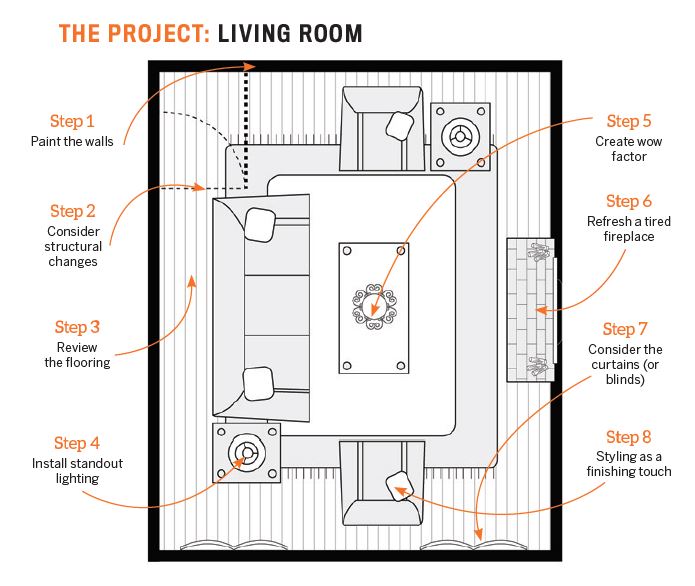Next to the bedroom, the living room is the place for relaxation in a home. This is normally where you set up your personal theatre, where you collapse after a long, hard day of work, and where you entertain your guests.
The state of your living room will say a lot about you and your style, so it’s vital to make it lovely. This is just as important in a rental home, where the aim is to show your potential tenants just how liveable the home can be.
With the amount of wiring involved due to the presence of a television, entertainment units and lighting, renovating a living room can be challenging, especially if a structural renovation is necessary. However, it may turn out that all your living room needs is a little sprucing up, so due diligence is crucial to a successful living room reno.
As long as you know what the room needs and you plan your budget wisely, you can minimise the time needed for renovation and the associated costs. The following tips and tricks show you how you can enhance the look of your property’s living room to deliver maximum ‘wow’ factor.
"The aim is to show your potential tenants just how liveable the home can be"

Over time, the paint on the walls of a living room can fade and chip as a result of use and exposure to the elements, making the place look shabby. A fresh splash of colour can make a significant difference and is typically considered one of the easiest ways to add value to a home.
You can even do it yourself over a weekend – grab a few cans of paint, rollers, drop cloths and painter’s tape, and you’re set!
Neutral tones like white or cream are traditionally the way to go in a rental property, but you can also opt for calming shades of blue or grey if it suits the property.
Over time, the paint on the walls of a living room can fade and chip as a result of use and exposure to the elements, making the place look shabby. A fresh splash
of colour can make a significant difference and is typically considered one of the easiest ways to add value to a home.
You can even do it yourself over a weekend – grab a few cans of paint, rollers, drop cloths and painter’s tape, and you’re set!
Neutral tones like white or cream are traditionally the way to go in a rental property, but you can also opt for calming shades of blue or grey if it suits the property.
TOP TIP
Don’t be afraid to try lighter blues like cerulean, powder blue or periwinkle. These shades can help brighten up a darker room and make your living space feel roomier.

When your living room space is severely limited and paint doesn’t do the trick, you may need to consider knocking something down. Our expert, Naomi Findlay, did this on a recent reno project – she widened walls and added a covered outdoor space to extend the living room.
One structural change that can make a big difference is to create indoor-outdoor flow by installing doors that lead from the indoor living room to an outdoor entertainment space.
Keep in mind that structural changes are costly, and you need a good team on your side to minimise the potential for error.
TOP TIP
Letting in as much natural light as possible is a good way to make a living room look larger than it is. Sliding doors or large bay windows are a great investment in this regard.
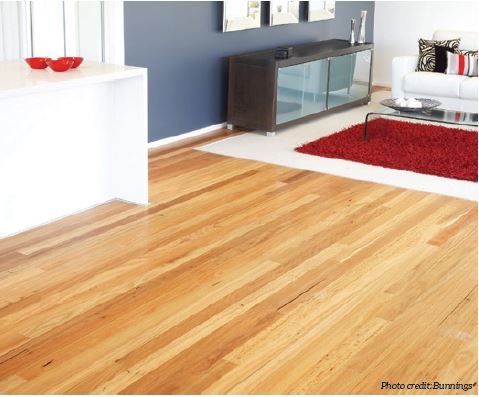
You’ll know your flooring is done for when the tiles or timber slats are no longer flat and even. You can choose to either replace broken tiles by tiling over them with new ones, or start over completely.
Redoing the flooring can be the wiser decision in the long run, especially if you have an older property, as this breathes new life into the entire home. By exposing the subfloor, you can then see if the foundations need any work. If you have wood flooring, you’ll be able to check for moisture that could lead to water damage and termites.

The best time to replace flooring is during spring and autumn, as your doors will need to be open during the process. In less suitable weather conditions your home might suffer from excessive heat or cold.
STEP FOUR: INSTALL STANDOUT LIGHTING
Great lighting can make a bigger difference in a living room than you realise. It actually plays a big part in defining the rest of your home and can affect your mood while in the room.
Pendant lights or wall-mounted lights can add warmth and coziness to a living space, whereas portable lamps with swinging arms are useful for when you want to do some reading.
Yellow lighting usually contributes to a more intimate, relaxed atmosphere, whereas brighter lights evoke activity.
The lights you choose should reflect your personality and how you want the room to be used.
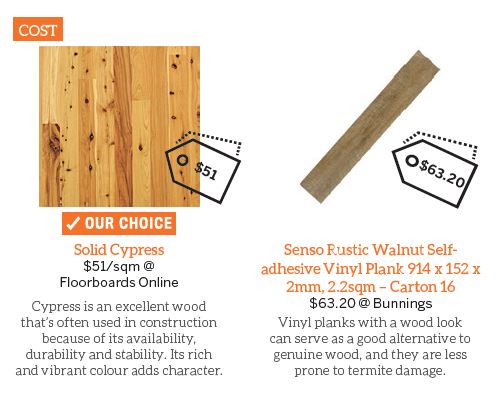
The best time to replace flooring is during spring and autumn, as your doors will need
to be open during the process. In less suitable weather conditions your home might suffer from excessive heat or cold.
S
Make your living room pop by highlighting an interesting design element. Depending on your property and the target rental market, you could choose to plaster a wall with artwork and cute wall fixtures, or even paint a mural.
Not the artistic type? There are many companies that create wall-sized photo installations, allowing you to set your living room to a backdrop of anything from New York City to a tranquil rainforest.
The main idea is to draw guests’ attention as they enter the room, and give your living room character, which could also be achieved with a unique mirror or wall hanging.
TOP TIP
If you go with a nice rug as your focal point, get a bigger rug with dimensions that extend beyond the furniture, in order to make the space look larger than it is.
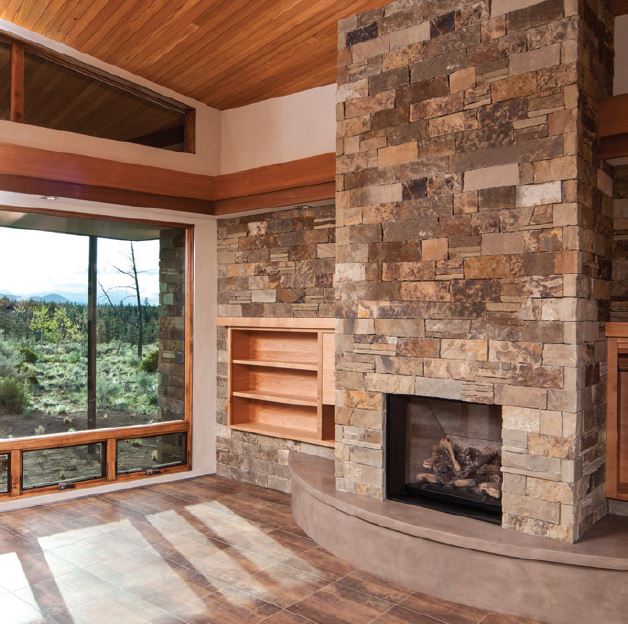
As the natural centre of a space, a fireplace grabs attention. It gives a home an instant pop of character, but if it’s worn out it can bring down the appeal of the entire living room.
Fireplaces are a fixture in many older homes, so they are something you may want to focus on in a reno project. To update a brick fireplace you can cover it in tile for a classy look while maintaining the original foundation. Another simple fix involves painting over the brick, allowing you to easily change the look in accordance with your desired design.
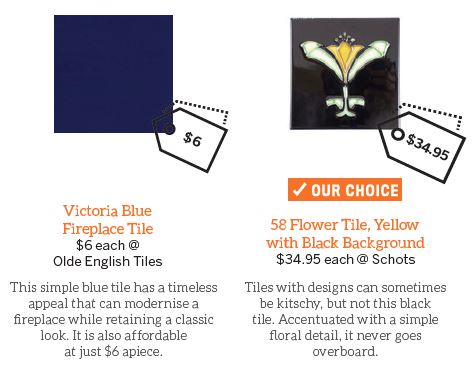
If you want to keep the original design as is, decorate the surrounding wall with artwork that matches the fireplace visually in order to complement it and tie the design elements together.
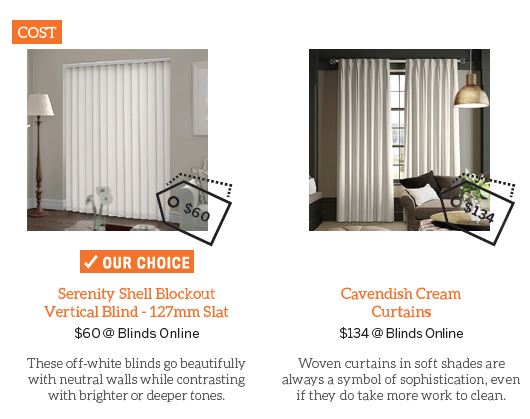
If you’re working with large windows, you need the right draperies to not only keep out the sun and cold but to also enliven the living space.
Sheer curtainscan stave off the worst of the sun’s rays while letting adequate light in – cream shades are ideal for this and can fit easily with most colour schemes.
Vertical slatted blinds are easily adjusted to block as many or as little of the outside elements as desired, and they’re durable, which should see them through several tenancies. You can choose to go either bold or understated, depending on the colour and design.
TOP TIP
Insulated draperies keep heat in during the winter and keep it out during the summer. They’re also ideal for maintaining your privacy and blocking out sound. Opting for faux silk material can add a hint of luxury.

In renovating a living room, it’s generally about look over function, so how you ultimately style it is vital.
Make sure the living room flows easily into the other spaces of the house, like the dining area and kitchen. Having a unifying element throughout these rooms (such as the same flooring or wall colour) is a good idea, so there’s no jarring disconnect.
Don’t fear minimalism – having too many design elements and too much furniture leads to clutter that can make the living room feel claustrophobic. Open spaces can make living rooms feel more warm and welcoming.
TOP TIP
The television may be the most important part of the living room for some, but have something nice to look at when the screen is off. Paintings or decorative vessels are excellent visual additions.
CASE STUDY
A solid plan and an accurate budget paved the way for this luxe new living room
As soon as she walked through this client’s property, Naomi Findlay knew the living spaces – both inside and out – needed some serious structural changes to make them really sing.
“The main change proposed for this property was the widening of two walls, which meant that the hallway space could be included in the kitchen area. The second big change was the installation of outward opening French doors onto a new covered outdoor living space,” she explains.
“These were game-changing elements for the value of the property. They allowed for the kitchen and hall space to be opened up to the living area, which created a dedicated dining space, adding value to the property. Also, from the front door, the house visually looked double the original size.”
The project was not without its hiccups; for instance, the main surprise was a 3cm difference in floor height when one of the wall openings was widened.
“This meant an additional cost to level and relay flooring as well as extra costs of a floor treatment to ensure that the spaces still visually flowed. There are surprises in every renovation, and that is why I never renovate without a buffer in my budget,” Findlay says.
When undertaking any renovation it is essential that you do your due diligence, and that is quite a detailed and systematic process.
Though Findlay admits that structural renovations can be more complicated than cosmetic refits, she believes investors can have success, so long as they do their due diligence and adopt a detailed and systematic approach.
“It is totally achievable if you know what you are doing, you have the right team, right property and right formula. When you’re looking to move from a cosmetic renovation along the renovation continuum towards the structural end, it is essential that you also understand planning considerations in the area, availability of trades, and you have a strong knowledge of where the renovations will place the value of the property post-budget,” she adds.
“You need to make sure that your vision of how you want the property to look is accurate to the finished product, to allow for your comparable analysis and hence the overall feasibility for the project.”
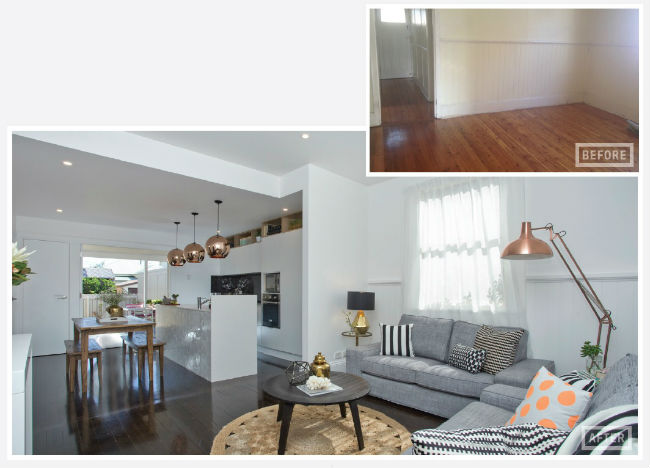 Structural changes were necessary to transform this living room and kitchen from small, poky spaces into beautiful light-filled rooms.
Structural changes were necessary to transform this living room and kitchen from small, poky spaces into beautiful light-filled rooms.

is the CEO of
Silk Home and principal
and founder of the
International Institute of Home Staging
